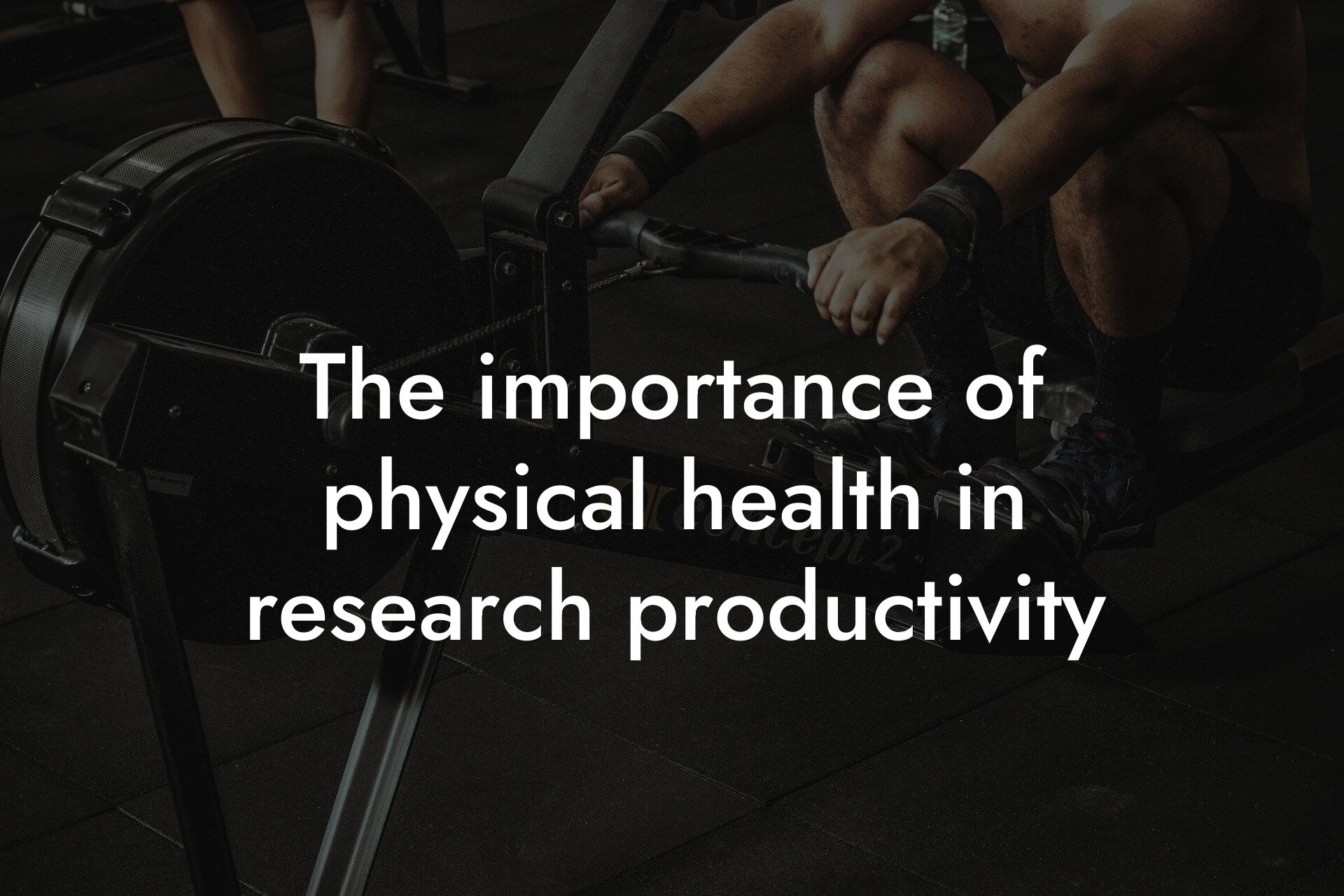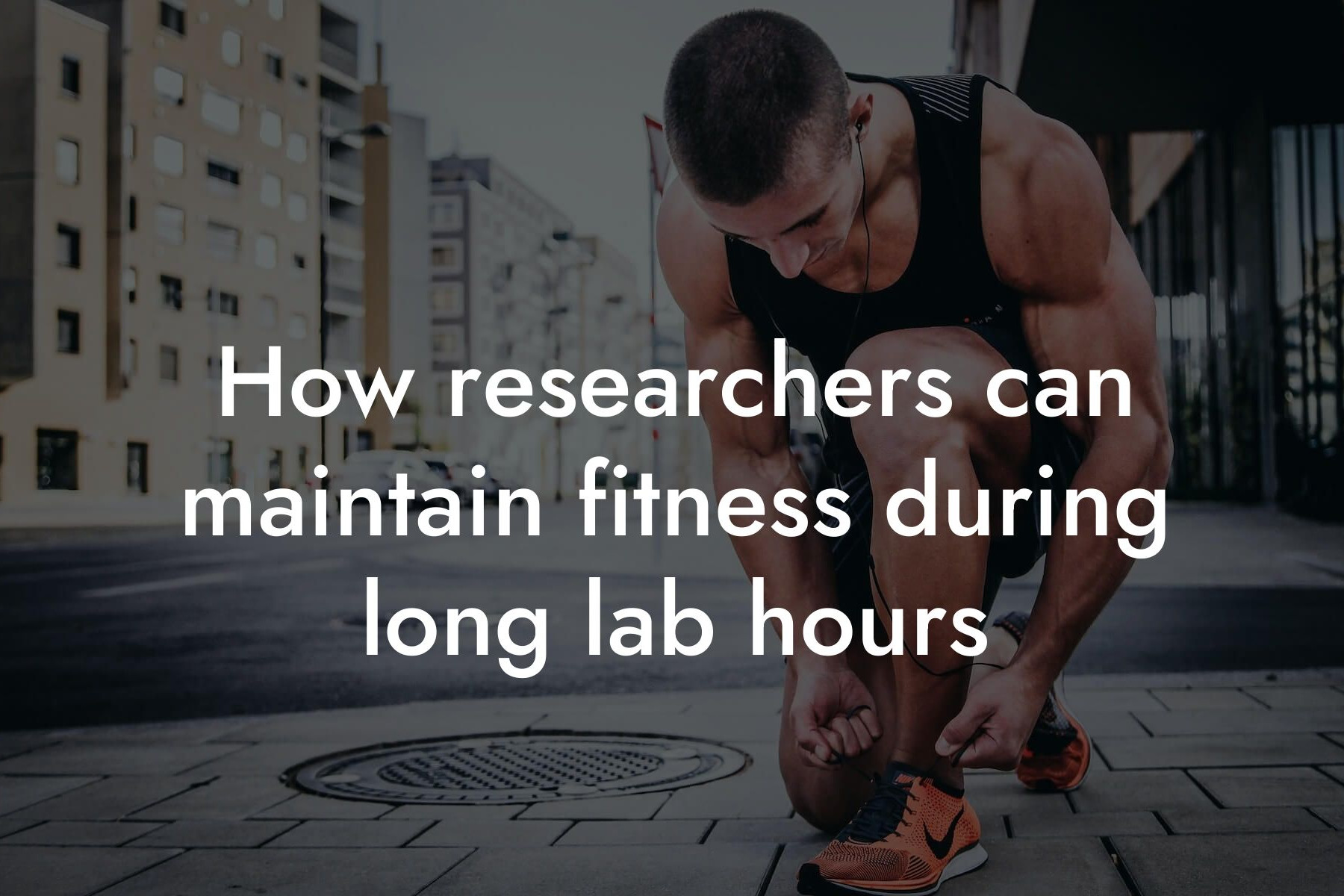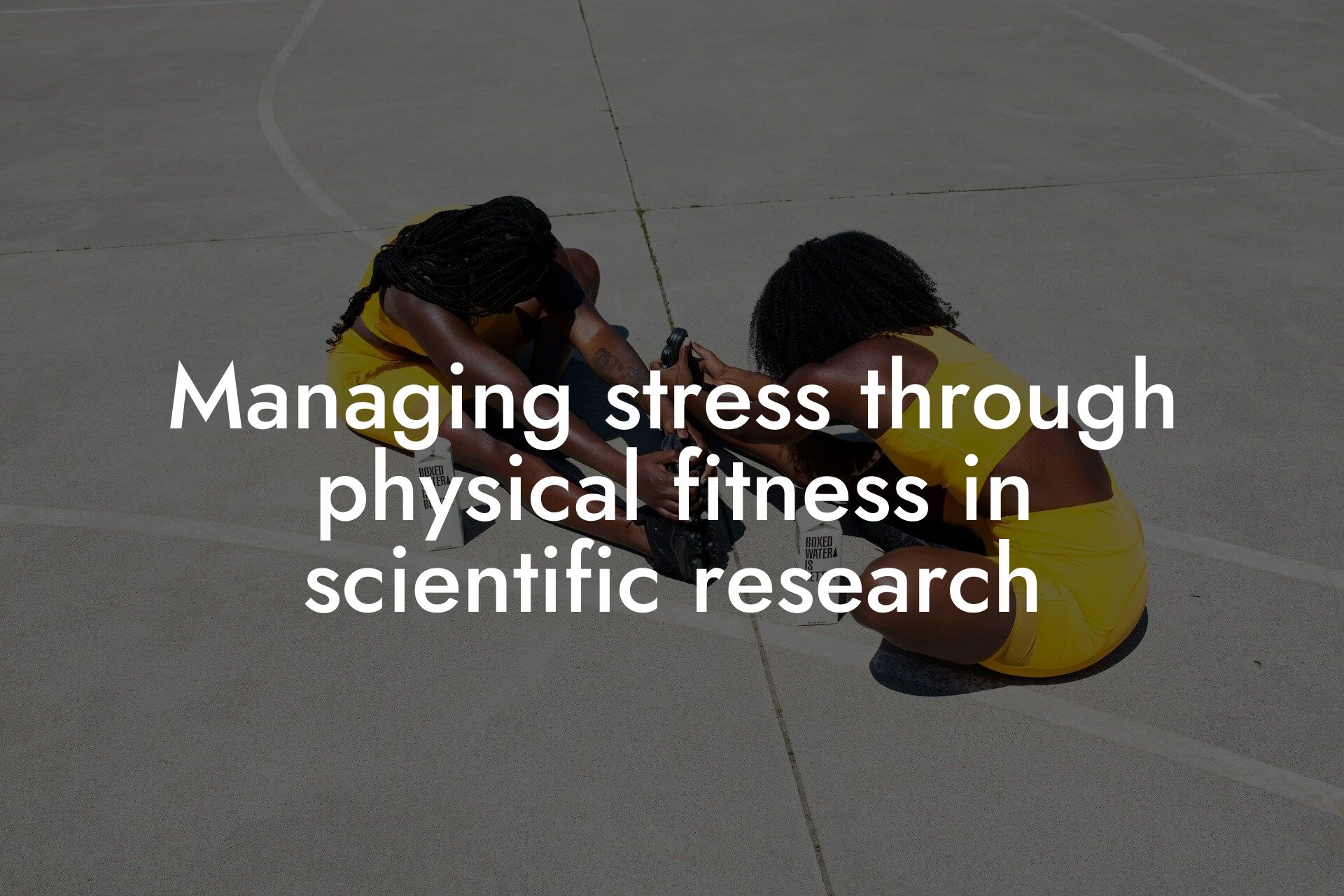As a valuable tool in the field of body composition analysis, Dual-Energy X-ray Absorptiometry (DEXA) scans have revolutionized the way scientists and researchers study the human body. At Tano Performance Group, we understand the importance of precise body assessments, which is why we utilize DEXA machines to provide high-earning professionals with comprehensive insights into their physical appearance, body fat, physique, and bone density. In this article, we will delve into the benefits of DEXA scans for scientists and researchers, exploring their applications, advantages, and potential breakthroughs in various fields.
Table of Contents
- Accurate Body Composition Analysis
- Advancements in Osteoporosis Research
- Enhancing Sports Performance and Injury Prevention
- Uncovering the Secrets of Obesity and Metabolic Disorders
- Applications in Epidemiological Research
- Advancing Our Understanding of Aging and Age-Related Diseases
- Streamlining Clinical Trials and Research Studies
- The Future of DEXA Scans in Scientific Research
- Frequently Asked Questions
Accurate Body Composition Analysis
DEXA scans offer an unparalleled level of accuracy in body composition analysis. By emitting two X-ray beams with different energy levels, DEXA technology can distinguish between bone, lean tissue, and fat mass. This allows researchers to precisely measure body fat percentage, lean mass, and bone density, providing valuable insights into the effects of various interventions, such as diet, exercise, or pharmaceutical treatments. The accuracy of DEXA scans is unmatched by other body composition analysis methods, making them an essential tool for scientists and researchers.
Advancements in Osteoporosis Research
Osteoporosis, a condition characterized by brittle and porous bones, affects millions of people worldwide. DEXA scans have played a crucial role in osteoporosis research, enabling scientists to measure bone density and track changes over time. By analyzing DEXA scan data, researchers can identify individuals at risk of osteoporosis, monitor the effectiveness of treatments, and develop new therapies to combat this debilitating condition. The precise measurement of bone density provided by DEXA scans has been instrumental in advancing our understanding of osteoporosis and improving patient outcomes.
Enhancing Sports Performance and Injury Prevention
DEXA scans have become an essential tool in the world of sports medicine. By analyzing body composition and bone density, coaches and trainers can optimize athlete performance, reduce the risk of injury, and develop targeted training programs. DEXA scans can help identify athletes at risk of stress fractures or osteoporosis, allowing for early intervention and prevention strategies. Additionally, DEXA scans can track changes in body composition over time, providing valuable insights into the effectiveness of training programs and nutrition plans.
Uncovering the Secrets of Obesity and Metabolic Disorders
Obesity and metabolic disorders are among the most pressing health concerns of our time. DEXA scans have contributed significantly to our understanding of these conditions, enabling researchers to study the relationship between body composition and metabolic health. By analyzing DEXA scan data, scientists can identify patterns and correlations between body fat distribution, insulin resistance, and other metabolic markers. This knowledge has the potential to inform the development of novel treatments and interventions for obesity and related metabolic disorders.
Applications in Epidemiological Research
Epidemiological research relies heavily on accurate and reliable data. DEXA scans have been instrumental in large-scale studies, providing valuable insights into the prevalence and risk factors of various diseases. By analyzing DEXA scan data from large populations, researchers can identify trends and patterns, informing public health policy and guiding resource allocation. The precision and accuracy of DEXA scans make them an ideal tool for epidemiological research, enabling scientists to draw meaningful conclusions and drive meaningful change.
Advancing Our Understanding of Aging and Age-Related Diseases
Aging is a complex and multifaceted process, influenced by a multitude of genetic, environmental, and lifestyle factors. DEXA scans have contributed significantly to our understanding of aging and age-related diseases, such as osteoporosis, sarcopenia, and frailty. By analyzing DEXA scan data, researchers can identify patterns and correlations between body composition, bone density, and age-related decline. This knowledge has the potential to inform the development of novel interventions and therapies, improving the health and well-being of older adults.
Streamlining Clinical Trials and Research Studies
Clinical trials and research studies rely on accurate and reliable data to draw meaningful conclusions. DEXA scans have become an essential tool in these endeavors, providing a precise and efficient means of measuring body composition and bone density. By incorporating DEXA scans into study protocols, researchers can reduce variability, improve data quality, and increase the accuracy of their findings. The use of DEXA scans in clinical trials and research studies has the potential to accelerate the development of new treatments and therapies, improving patient outcomes and advancing medical knowledge.
The Future of DEXA Scans in Scientific Research
As technology continues to evolve, the potential applications of DEXA scans in scientific research are vast and exciting. Advances in machine learning and artificial intelligence are enabling researchers to analyze DEXA scan data in new and innovative ways, uncovering patterns and correlations that were previously unknown. The integration of DEXA scans with other imaging modalities, such as MRI and CT scans, holds promise for even more precise and comprehensive body assessments. As the scientific community continues to push the boundaries of what is possible with DEXA scans, we can expect to see breakthroughs in our understanding of the human body and the development of novel treatments and therapies.
In conclusion, DEXA scans have revolutionized the field of body composition analysis, providing scientists and researchers with a precise and reliable tool for studying the human body. From advancing our understanding of osteoporosis and obesity to enhancing sports performance and injury prevention, the benefits of DEXA scans are far-reaching and profound. At Tano Performance Group, we are committed to harnessing the power of DEXA scans to empower high-earning professionals to take their business to the next level. By providing comprehensive body assessments and expert guidance, we help our clients achieve their goals and unlock their full potential.
Frequently Asked Questions
What is a DEXA scan?
A DEXA (Dual-Energy X-ray Absorptiometry) scan is a non-invasive medical imaging test that measures bone density, body composition, and fat distribution. It uses X-rays to produce images of the body's internal structures, providing valuable information about bone health, muscle mass, and body fat percentage.
How does a DEXA scan work?
A DEXA scan uses a low-level X-ray beam to measure the density of bones and other tissues. The scan takes about 10-15 minutes to complete, during which you'll lie on a flat table while the X-ray arm moves slowly above you. The machine calculates the absorption of X-rays by different tissues, producing a detailed report of your bone density and body composition.
What are the benefits of DEXA scans for scientists and researchers?
DEXA scans provide scientists and researchers with accurate and precise data on bone density, body composition, and fat distribution. This information is crucial for studying various health conditions, such as osteoporosis, obesity, and muscle wasting diseases. DEXA scans also enable researchers to track changes in body composition over time, making them an essential tool for longitudinal studies.
How accurate are DEXA scans?
DEXA scans are highly accurate, with a margin of error of around 1-2%. This is because the scan uses a precise X-ray beam to measure bone density and body composition. Additionally, the machines are regularly calibrated to ensure consistent results.
Are DEXA scans safe?
Yes, DEXA scans are extremely safe. The X-ray radiation exposure is very low, equivalent to a few days of natural background radiation. The scan is also non-invasive, meaning it doesn't require any injections, incisions, or other invasive procedures.
What information can be obtained from a DEXA scan?
A DEXA scan provides detailed information about bone density, body composition, and fat distribution. This includes measurements of bone mineral density (BMD), lean body mass, fat mass, and percentage body fat. The scan can also identify areas of high or low bone density, which can be indicative of certain health conditions.
How often should I get a DEXA scan?
The frequency of DEXA scans depends on your individual needs and health status. Generally, healthy adults may benefit from a scan every 2-5 years to track changes in bone density and body composition. However, individuals with certain health conditions or risk factors may require more frequent scans.
Can DEXA scans detect osteoporosis?
Yes, DEXA scans are an excellent tool for detecting osteoporosis. By measuring bone mineral density, the scan can identify areas of low bone density, which can be indicative of osteoporosis. Early detection enables timely interventions to prevent fractures and other complications.
How does a DEXA scan differ from a DXA scan?
DEXA and DXA are often used interchangeably, but technically, DEXA refers to the dual-energy X-ray absorptiometry technology, while DXA is the specific brand name of a DEXA scanner. Both terms refer to the same medical imaging test.
Can DEXA scans measure muscle mass?
Yes, DEXA scans can estimate muscle mass by measuring lean body mass. This information is valuable for athletes, bodybuilders, and individuals who want to track changes in muscle mass over time.
How do DEXA scans benefit athletes and fitness enthusiasts?
DEXA scans provide athletes and fitness enthusiasts with valuable information about their body composition, enabling them to optimize their training and nutrition plans. By tracking changes in muscle mass, body fat percentage, and bone density, individuals can fine-tune their approach to achieve their fitness goals.
Can DEXA scans help with weight loss?
Yes, DEXA scans can be a valuable tool for weight loss. By providing accurate measurements of body fat percentage and lean body mass, individuals can track their progress and make informed decisions about their diet and exercise plans.
How does a DEXA scan differ from a body fat scale?
A DEXA scan provides a much more detailed and accurate assessment of body composition compared to a body fat scale. While a body fat scale estimates body fat percentage based on electrical impedance, a DEXA scan uses X-ray technology to measure bone density, lean body mass, and fat mass.
Can DEXA scans detect other health conditions?
Yes, DEXA scans can detect or monitor various health conditions, including sarcopenia (muscle wasting), obesity, and certain types of cancer. The scan can also identify areas of high or low bone density, which can be indicative of other health issues.
How long does it take to get the results of a DEXA scan?
The results of a DEXA scan are typically available within 24-48 hours. A healthcare professional will review the report and provide you with a detailed analysis of your bone density, body composition, and fat distribution.
Can I get a DEXA scan if I'm pregnant or breastfeeding?
It's generally recommended to avoid DEXA scans during pregnancy and breastfeeding, as the X-ray radiation may pose a risk to the fetus or baby. However, in certain circumstances, a healthcare professional may deem a DEXA scan necessary. It's essential to discuss any concerns with your healthcare provider.
How much does a DEXA scan cost?
The cost of a DEXA scan varies depending on the location, healthcare provider, and insurance coverage. On average, the cost ranges from $100 to $300. It's essential to check with your insurance provider to determine coverage and out-of-pocket expenses.
Can I get a DEXA scan if I have metal implants or prosthetics?
It's generally safe to get a DEXA scan with metal implants or prosthetics. However, it's essential to inform the healthcare professional about any metal devices in your body, as they may affect the accuracy of the scan.
How do I prepare for a DEXA scan?
To prepare for a DEXA scan, avoid eating or drinking for at least 2 hours before the scan. Wear loose, comfortable clothing without metal fasteners or zippers. Remove any jewelry, glasses, or other metal objects that may interfere with the scan.
What are the limitations of DEXA scans?
While DEXA scans are highly accurate, they do have some limitations. The scan may not be suitable for individuals with certain metal implants or prosthetics, and it may not provide accurate results for individuals with a high body mass index (BMI).
Can DEXA scans be used for children?
Yes, DEXA scans can be used for children, but it's essential to consult with a pediatrician or healthcare professional to determine the appropriateness of the scan. DEXA scans can help monitor bone health and growth in children, especially those with certain medical conditions.
How do I find a qualified healthcare professional to administer a DEXA scan?
To find a qualified healthcare professional to administer a DEXA scan, ask your primary care physician for a referral or search online for certified DEXA scan providers in your area. Ensure that the provider has experience with DEXA scans and can interpret the results accurately.
Here are some related articles you might love...
- The importance of physical health in research productivity
- How researchers can maintain fitness during long lab hours
- Managing stress through physical fitness in scientific research
- The impact of body composition on cognitive function in research
- Quick workouts for researchers during lab breaks
- Balancing lab work with personal fitness goals
- Nutrition strategies for maintaining focus during experiments
- The role of physical fitness in preventing research-related injuries
- How to stay active during sedentary research work
Zak Faulkner
Zak Faulkner is a leading authority in the realm of physical health and body composition analysis, with over 15 years of experience helping professionals optimise their fitness and well-being. As one the experts behind Tano Performance Group, Zak has dedicated his career to providing in-depth, science-backed insights that empower clients to elevate their physical performance and overall health.
With extensive knowledge of DEXA technology, Zak specializes in delivering comprehensive body assessments that offer precise data on body fat, muscle mass, bone density, and overall physique. His expertise enables individuals to make informed decisions and achieve their fitness goals with accuracy and confidence. Zak’s approach is rooted in a deep understanding of human physiology, combined with a passion for helping clients unlock their full potential through personalised strategies.
Over the years, Zak has earned a reputation for his commitment to excellence, precision, and client-focused service. His guidance is trusted by top professionals who demand the best when it comes to their health. Whether advising on fitness programs, nutritional strategies, or long-term wellness plans, Zak Faulkner’s insights are a valuable resource for anyone serious about taking their health and fitness to the next level.
At Tano Performance Group, Zak continues to lead our Content Team revolutionising how professionals approach their physical health, offering unparalleled expertise that drives real results.




